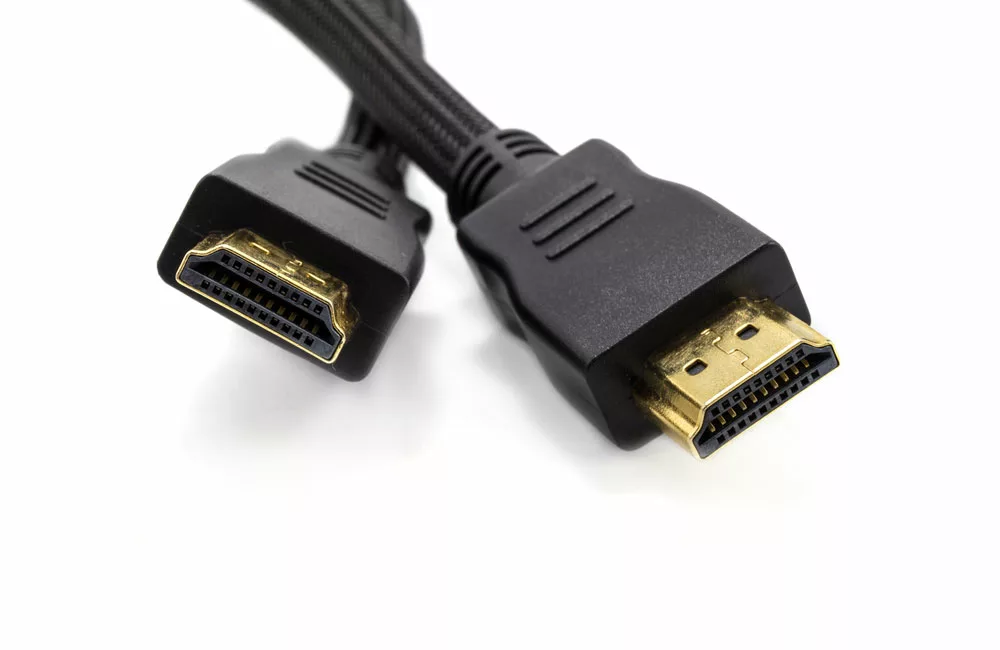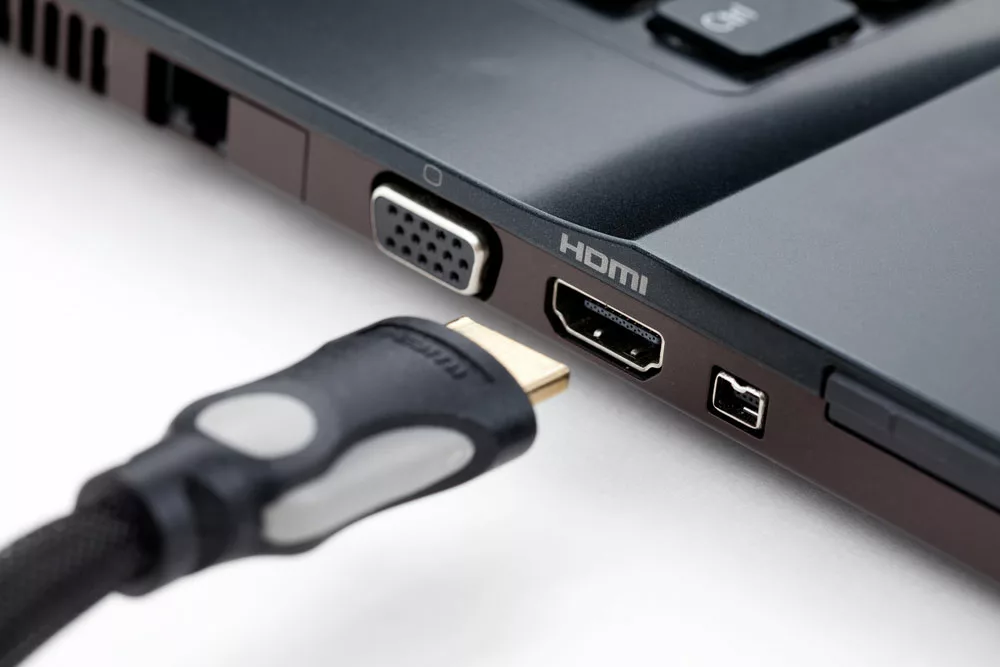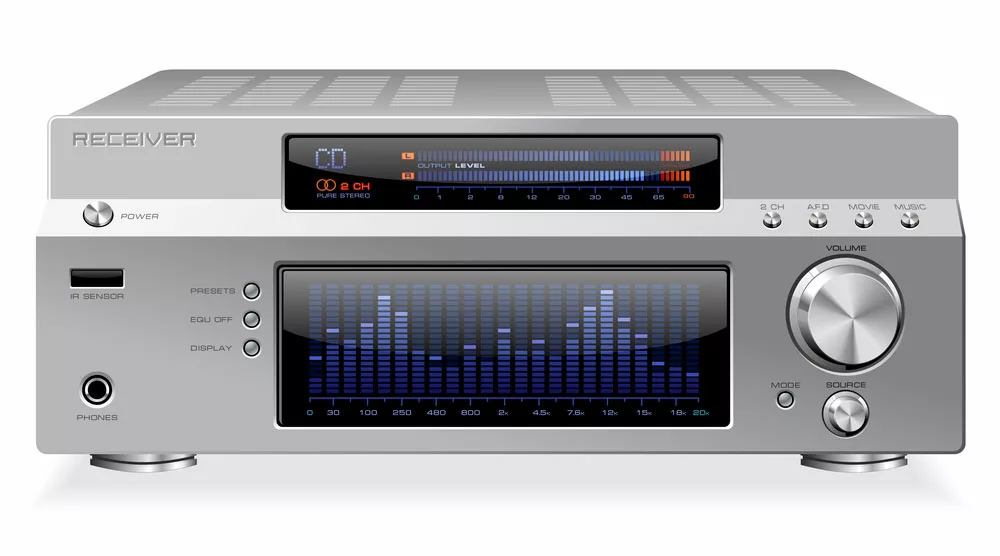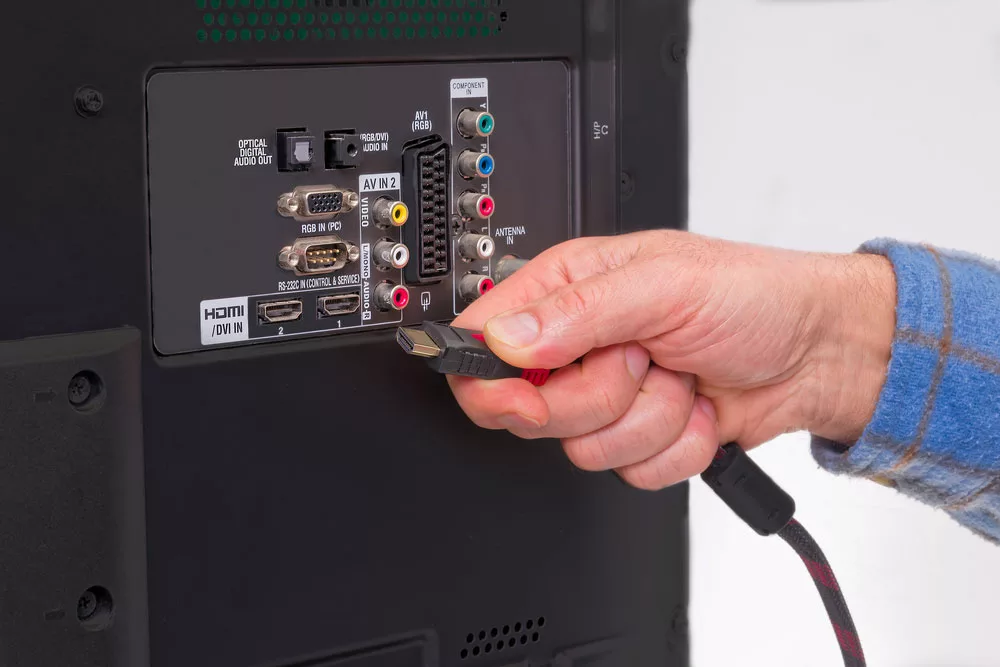Does HDMI Cable Quality Matter? Are you looking to upgrade your home media system? You’re looking to get the best of 4K and 8K video quality but aren’t sure how to go about it.
An important decision you’ll come about during this is regarding the HDMI cable to get. Hence you’re probably asking yourself “Does HDMI quality matter”.
The article below will give you a deeper understanding of HDMI cable quality to help you make an informed decision.
Table of Contents
- HDMI Cable Quality Understanding
- The Various HDMI Standards
- Does Every HDMI Cable Have a Standard?
- Does The HDMI Cable Quality Make a Difference in Audio?
- Does The HDMI Cable Make a Difference in Video?
- Conclusion
HDMI Cable Quality Understanding
Determining the difference between a good and bad HDMI cable is important.
For some people a bad HDMI cord could simply mean that it doesn’t work properly often because of a damaged connector or broken internals.
This is true as it perfectly describes a non-functional HDMI cord.
However, for other people, a bad HDMI cable is one that has a limit to its features and functions or simply a cable that doesn’t suit their intended use.
For example, you can categorize a cable that struggles or can’t transmit signals over long distances as a bad cable by many users although in a real sense, the HDMI cable functions perfectly.
Such a cable would serve you well when used in the optimal environment like if you were to use it to transmit signals over a short distance.
But pushing the HDMI cable to its limit could force it to struggle and disappoint you.
A common misconception is believing that an HDMI cable with a gold-coated connector sporting cord is a high-end cable.
Although a number of high-end HDMI cables have a gold coating on their connector this isn’t a guarantee that the cable is a good cable.
The design and materials used to make a cable only determine the cable’s longevity and has nothing to do with the cable’s performance.
In terms of performance, a good HDMI cable is determined by increased signal speed and increased bandwidth according to HDMI standards.

Caption: An HDMI cable with gold-coated connectors
The Various HDMI Standards
When it comes to HDMI there are various standards available today, some of which include;
HDMI 1.3
It was the first high-speed transmission cable capable of transmitting signals at 10.2 Gbps.
HDMI 1.4a / 1.4
This was the introduction of 3G at 4K which simply means 4K UHD 30 Hz 4:4:4 LPCM audio.
HDMI 2.0b / 2.0a / 2.0
It has the added advantage of complete 6G processing for data delivered at 4K UHD 60 Hz 4:4:4. Also, it offers almost 32 audio channels, and chroma subsampling that allows you to cut your speed in half by reducing the color data that is sent to the panel. Among other things you get HDR 10 support, and 4K at up to 30 Hz for 12-bit deep color.
HDMI 2.1
Unlike any other standard, it promises users full dynamic HDR.
Does Every HDMI Cable Have a Standard?
No, but there are three categories of HDMI cable standards you should know, namely premium, high speed, and standard.
- Standard HDMI Cable: This cable is perfect for supporting resolution outputs for example Sky HD 1080i at 50 Hz 4:4:4.
- High-Speed HDMI Cable: This cable promises to deliver resolution outputs for example, 4K UHD at 60 Hz 4:4:4 or 3G 10.2 Gbps video transmission. However, it’s important to keep in mind the distance of the cable delivering such resolutions. It’s best to keep the distance under seven meters. The ideal cable distance is roughly around five meters.
- Premium HDMI: At this point, you are now dealing with very high-speed video transmission requiring the maximum capability of high-speed cables that are 18 Gbps. For that kind of high-speed, you might notice that the high-speed HDMI cables begin failing, and their performance becomes irregular.
You’re likely to face some major failure issues or come across intermittent when delivering 4K UHD data at 60 Hz 8-bit =.
Also, you might encounter some problems attempting to deliver data that delivers HDR metadata for example 4K UHD at 30 Hz 4:4:4 and a wider color gamut.
Also, you might face some problems while trying to deliver SKY Q 4K UHD at 50 Hz 4:2:0.
Most modern premium HDMI cables use enhanced wire control in regard to how every pair of wires is twisted, soldered, and shielded to reduce electromagnetic interference.
Also, they use superior materials to increase their lifespan and improve efficiency.
Standard high-speed HDMI cables have their internal pairs untwisted before termination. This is different compared to HDMI cables that have their pairs soldered and twisted till the pin.
As we get increased 4K UHD content on our screens premium HDMI cords come to be the set standard for media transmission.

High-Speed HDMI Cable
Does The HDMI Cable Quality Make a Difference in Audio?
You’re probably aware that there’s no HDMI cable that only serves for audio transmission.
The main advantage of HDMI cables is that they can transmit both video and signals at the same time hence why they are a popular choice for media transmission.
HDMI cables are backward compatible therefore you don’t need to build a line to the latest HDMI standard in order to benefit from the best audio experience.
Your current HDMI cable should be capable of transmitting the latest and most popular audio technologies for example surround sound, multichannel audio, DTS-HD, stereo 3D, and Dolby TrueHD.
However, there’s an exception if your HDMI cable is too old and you want to set up a cutting-edge home theater.
For instance, HDMI 1.0 does not support Dolby Atmos. Audio signals will definitely get transmitted if you use an AV receiver, Dolby Atmos speakers with HDMI 1.0, or a Dolby Atmos-compatible soundbar.
You might not get the best out of your setup or sound isolation Dolby technology is famous for.

Caption: AV Receiver
Thankfully, modern HDMI cables are not too expensive compared to the older model HDMI cables. Therefore, eradicating the gap in cable generation for your setup should not be such a hustle.
Does The HDMI Cable Make a Difference in Video?
If you have an older version of HDMI cable standard you might suffer from resolution and refresh rate problems. Especially if you attempt to connect your cable to more recent advanced hardware.
Also, the video graphics might not be as you wanted.
Any HDMI 2.1 or 2.0 cable will provide a better gaming experience than cable standards for applications with earlier HDMI version hardware.
This is because HDMI 2.1 can handle higher bandwidth compared to HDMI 1.4. Plus with HDMI 2.1 the capabilities are further increased.
HDMI 2.1 was launched in 2018 and can support 8K resolution or higher at a maximum bandwidth of 48 Gbps.
On the other hand HDMI 2.0 can only support 4K at 60 Hz and 8K at 60 Hz while HDMI 2.1 supports 4K at 120 Hz (plus HDR).
For high-end gaming HDMI 2.1 is the best choice in terms of video quality.

Plugging in an HDMI cable
Conclusion
The difference in price between an expensive and cheap cable doesn’t boost the cable’s performance in any way.
But the different colors, designs, and shapes really have any impact on your connection and cable’s lifespan. For all your HDMI cable needs feel free to contact Cloom Tech.
